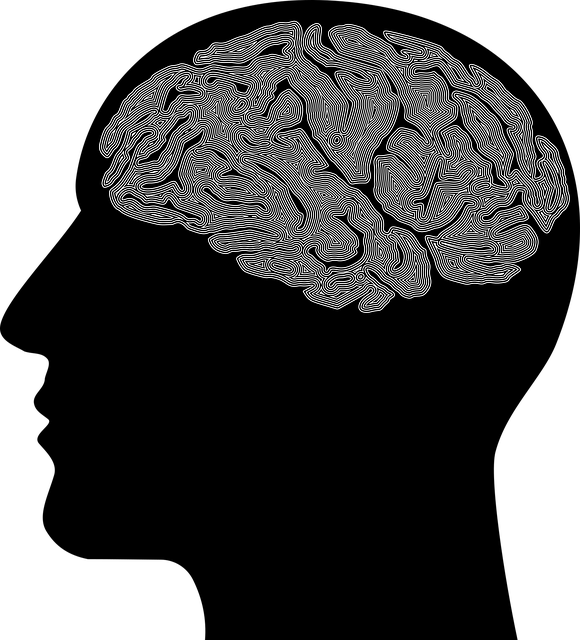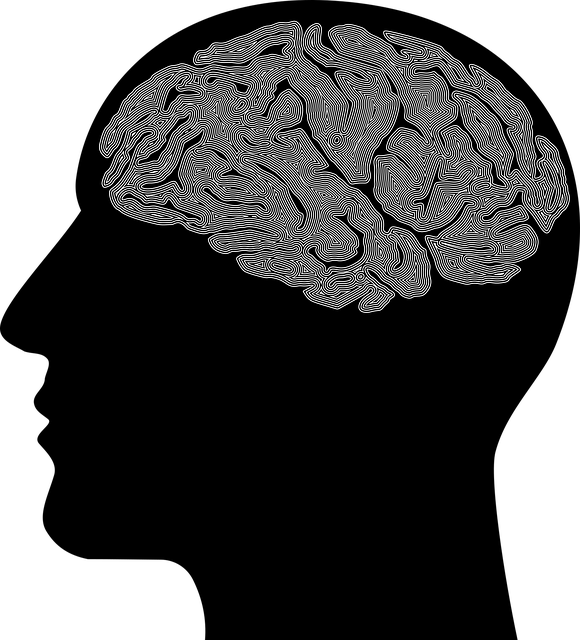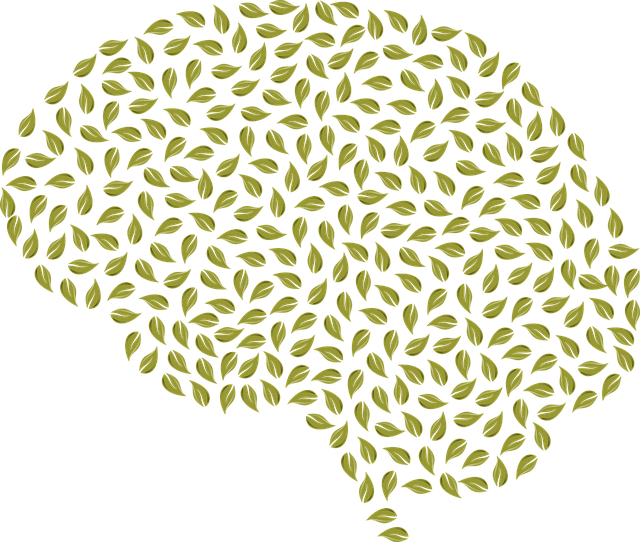Codependency in children, driven by early life experiences and environmental factors, manifests as unhealthy relationship patterns, low self-esteem, and decision-making difficulties. Therapy focuses on building resilience, enhancing emotional intelligence, and teaching stress management techniques. Risk assessment, integral to harm minimization planning, analyzes child traits, environment, and interventions to tailor strategies for positive outcomes. A multi-faceted approach combining age-specific therapy and stress workshops empowers children with emotional regulation and healthier relationship skills, fostering long-term mental wellness.
Keywords: Therapy for Children Codependency
Risk assessment and harm minimization planning are essential components of therapy for children, especially those struggling with codependency. This comprehensive guide delves into understanding codependency in children, its symptoms, and underlying causes. We explore the critical role of risk assessment in developing effective interventions and support strategies. Furthermore, it provides a step-by-step approach to creating a detailed action plan for child therapy, focusing on minimizing harm and fostering healthy development.
- Understanding Codependency in Children: Symptoms and Causes
- The Role of Risk Assessment in Harm Minimization Planning
- Strategies for Effective Intervention and Support
- Creating a Comprehensive Action Plan for Child Therapy
Understanding Codependency in Children: Symptoms and Causes

Codependency in children is a complex issue that often arises from early life experiences and environmental factors. It’s characterized by unhealthy patterns of relating to others, where a child may become overly reliant on external validation and approval to feel secure. This can manifest as a desperate need for constant attention, fear of abandonment, or difficulty setting boundaries. Children with codependency might exhibit symptoms such as extreme mood swings, low self-esteem, and an inability to make decisions independently.
The causes of child codependency are multifaceted. It could stem from inconsistent or unpredictable caregiving, trauma, neglect, or living in a highly stressful environment. In some cases, parental figures who struggle with their own mental health issues or addiction can inadvertently contribute to the development of codependency in children, as they may model unhealthy attachment behaviors. Therapy for Children Codependency often involves strategies focused on building resilience, enhancing emotional intelligence, and developing effective stress management techniques. These approaches aim to equip children with the skills needed to foster healthy relationships and maintain a sense of self-worth.
The Role of Risk Assessment in Harm Minimization Planning

Risk assessment plays a pivotal role in harm minimization planning, particularly within the context of therapy for children struggling with codependency. It involves meticulously evaluating potential risks and their likelihood, enabling therapists to proactively develop strategies that mitigate negative outcomes. By systematically analyzing various factors—including individual child characteristics, environmental influences, and specific therapeutic interventions—risk assessment allows for a tailored approach in fostering healthy coping skills development and enhancing emotional intelligence.
In designing mental health education programs, this process is crucial as it ensures the safety and well-being of the children involved. It guides the creation of comprehensive plans that address not just current challenges but also proactively prevent potential harm. Through risk assessment, therapists can incorporate evidence-based techniques and resources, fostering an environment where children gain essential emotional intelligence, learn effective coping skills, and develop resilience to navigate future stressors.
Strategies for Effective Intervention and Support

When addressing harm minimization planning, strategies for effective intervention and support are paramount. For children dealing with codependency issues, a multi-faceted approach that combines therapy tailored to their age group, along with stress management workshops, can be transformative. These interventions aim to enhance emotional intelligence and communication strategies, empowering young individuals to navigate challenging relationships and emotions in healthier ways.
The integration of these techniques not only helps in managing symptoms but also fosters resilience. Emotional intelligence training teaches children to recognize and regulate their feelings, while communication strategies equip them with tools to express their needs assertively. These interventions are supported by Stress Management Workshops Organization, which provides structured environments for learning and practice, ultimately contributing to the child’s overall well-being and ability to cope with potential triggers.
Creating a Comprehensive Action Plan for Child Therapy

Creating a comprehensive action plan for child therapy involves careful consideration of each unique client’s needs and circumstances. When addressing codependency in children, therapists must integrate evidence-based practices that cater to emotional regulation, healthier relationships, and enhanced mental wellness. This holistic approach leverages Mind Over Matter principles to foster self-awareness, build resilience, and cultivate positive coping strategies.
The plan should encompass structured sessions tailored for age-appropriate activities, coupled with Mental Wellness Coaching Programs designed to empower children with essential life skills. By combining therapeutic interventions with developmentally appropriate techniques, therapists can effectively navigate complex issues while promoting long-term mental health awareness and growth in young individuals.
Risk assessment and harm minimization planning are essential components of therapy for children struggling with codependency. By understanding the symptoms and causes, professionals can effectively intervene and create comprehensive action plans tailored to each child’s unique needs. These strategies not only support children but also empower them to develop healthy relationships and foster resilience in their lives.











